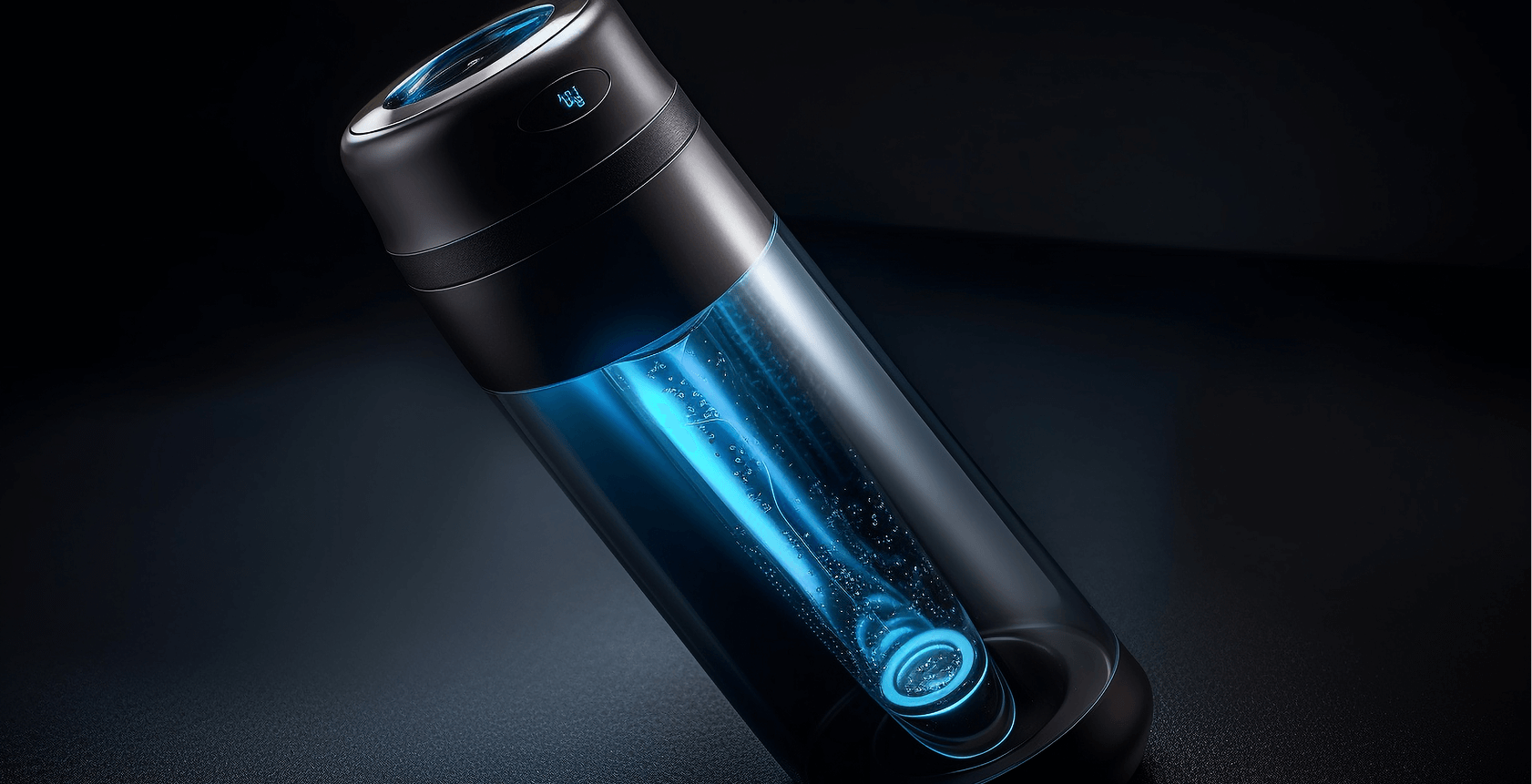Battery Design
Quantum Engineered Batteries for the Next Generation of Clean Mobility
- Built To Order
- Production Ready

The battery is the most expensive and bulky component of an electric vehicle (EV). To unlock true mass adoption of EVs, we must dramatically increase the energy density of batteries—measured in kilowatt-hours per kilogram (kWh/kg)—while simultaneously addressing safety, cost, and environmental concerns.
Automatski’s suite of 300+ Qubit Quantum Simulators, Quantum Annealers, and Million+ Qubit Eigen Solvers is capable of solving battery chemistry problems at quantum scale today.
At the heart of battery design lies the need to understand how materials behave at the molecular level. For example, modeling lithium compounds and their reactions requires determining the system’s ground-state energy—a fundamentally quantum mechanical problem that defines how molecules interact and form stable configurations.
Automatski’s quantum platforms are capable of performing these calculations with high fidelity, enabling:
- Simulation and discovery of novel lithium-based and alternative chemistries
- Ground-state energy calculations for complex molecular systems
- Accurate modeling of charge/discharge cycles and degradation behavior
- Rapid material screening for energy density, stability, and cost-efficiency
Our quantum-first approach enables next-generation batteries that are:
- Cheaper to produce
- Higher in energy density (more kWh/kg)
- Smaller and lighter
- Safer—reduced risk of thermal runaway or fire
- Longer lasting—higher number of charge-discharge cycles
- Based on abundant, non-toxic, non-rare earth materials
- Environmentally sustainable—safer disposal and recyclability